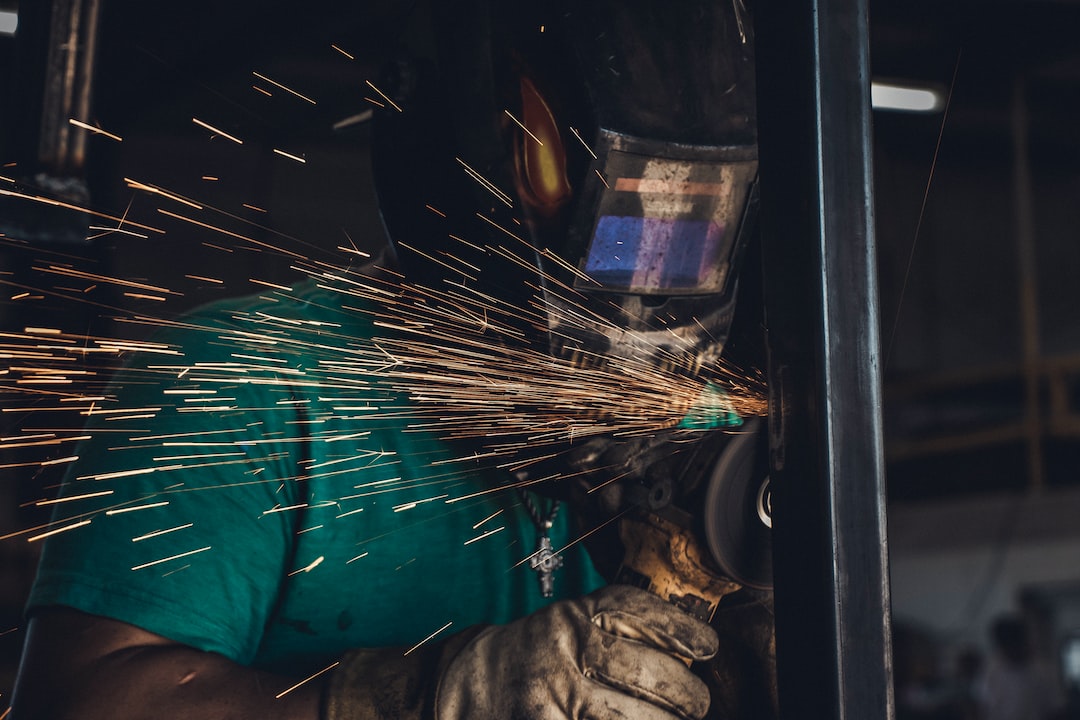Sustainable Manufacturing: How Companies Can Go Green
In recent years, there has been an increasing global concern about the impact of human activities on the environment. One area where significant progress can be made in reducing our carbon footprint is manufacturing. Sustainable manufacturing, also known as green manufacturing, focuses on minimizing the negative environmental, social, and economic impacts of the production process.
There are several ways that companies can embrace sustainable manufacturing practices. One of the most effective strategies is to optimize energy consumption. By investing in energy-efficient machinery, companies can significantly reduce their greenhouse gas emissions. This not only helps protect the planet but also leads to cost savings in the long run. Furthermore, adopting renewable energy sources such as solar or wind power can further reduce a company’s reliance on fossil fuels.
Another key aspect of sustainable manufacturing is the responsible use of natural resources. Companies should strive to minimize waste generation by implementing recycling programs and ensuring that materials are used efficiently throughout the production process. Additionally, water conservation should be a priority. By implementing water-saving technologies and practices, companies can lessen their water intake and help protect this precious resource.
Furthermore, companies can reduce their environmental impact by carrying out lifecycle assessments. This involves evaluating the environmental impact of a product or process throughout its entire lifespan, from raw material extraction to disposal. By identifying key areas of improvement, companies can make informed decisions on how to reduce their environmental footprint.
In addition to environmental considerations, sustainable manufacturing also incorporates social and economic aspects. Companies should strive to promote fair labor practices by providing safe working conditions and fair wages. Furthermore, they should invest in the local community and prioritize the well-being of their employees.
Implementing sustainability practices in manufacturing is not without challenges. One common obstacle is the perception that going green requires substantial financial investment. However, the long-term benefits, such as reduced energy costs and improved brand reputation, often outweigh the initial expenses. Additionally, companies can seek financial incentives and government grants that support sustainable initiatives.
Another challenge is the need for collaboration within the supply chain. Manufacturing often involves numerous suppliers and partners, making it crucial to align sustainability goals and practices throughout the entire chain. By working together, companies can create a more sustainable and resilient manufacturing ecosystem.
The benefits of sustainable manufacturing go beyond environmental preservation. By embracing green practices, companies can enhance their brand reputation, attract environmentally conscious consumers, and gain a competitive advantage in the market. Moreover, sustainable manufacturing can lead to increased operational efficiency and cost savings over time.
Fortunately, many companies have already recognized the importance of sustainable manufacturing and are taking action. The adoption of sustainable practices is rapidly becoming a business imperative rather than just an ethical choice. Governments and international organizations are also supporting this transition by establishing regulations and guidelines that encourage sustainable manufacturing practices.
To conclude, sustainable manufacturing is a key driver in building a greener and more sustainable future. Companies have a responsibility to embrace sustainable practices that reduce their environmental impact, promote social responsibility, and enhance economic viability. By optimizing energy consumption, using resources efficiently, and collaborating with their supply chain partners, companies can go green and contribute to a healthier planet for future generations.

